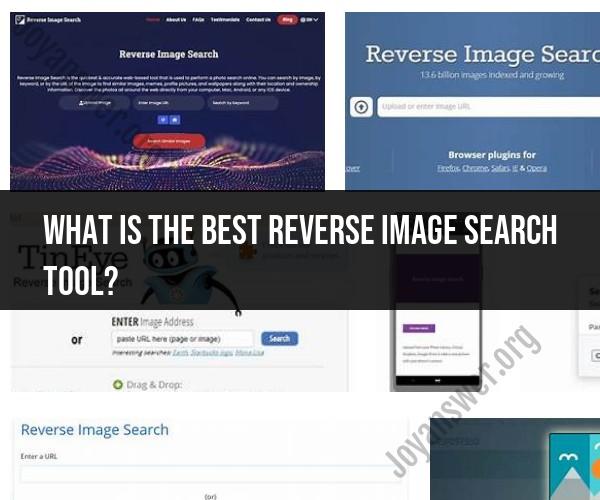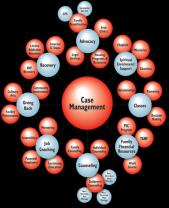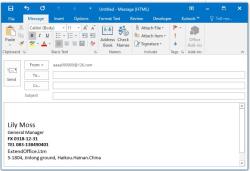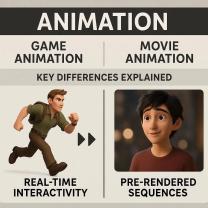What is the best reverse image search tool?
Mastering the art of reverse image search can be a valuable skill for various purposes, from verifying the authenticity of images to discovering the source of a photograph or finding visually similar images. Here are techniques and benefits associated with reverse image search:
Techniques for Reverse Image Search:
Using Search Engines:
- Search engines like Google and Bing offer reverse image search functionality. You can upload an image or provide a URL to find similar images and related webpages.
Dedicated Reverse Image Search Engines:
- Some websites and search engines specialize in reverse image search. Examples include TinEye and Yandex. These platforms focus exclusively on image-based searches and may offer unique features.
Browser Extensions:
- Browser extensions, such as "Search by Image" for Google Chrome, make it easy to perform reverse image searches directly from your web browser. Install the extension, right-click on an image, and choose the search option.
Mobile Apps:
- Several mobile apps, including Google Lens and Reverse Image Search by ImageSearchMan, allow you to perform reverse image searches using your smartphone's camera or photo library.
Benefits of Reverse Image Search:
Verifying Image Authenticity:
- Reverse image search helps you verify whether an image is genuine or has been altered or manipulated. This is crucial for fact-checking and detecting fake or misleading visuals.
Discovering Image Sources:
- You can use reverse image search to find the original source of an image. This is valuable for giving proper attribution to creators and understanding the context in which the image was used.
Identifying Objects and Landmarks:
- Reverse image search can help identify objects, landmarks, and locations within an image, making it useful for travel and exploration.
Finding Higher-Quality Versions:
- If you have a low-resolution image and want to find a higher-quality version, reverse image search can help locate better-quality copies or original sources.
Locating Visually Similar Images:
- You can use reverse image search to find visually similar images, which can be beneficial for design inspiration or locating products similar to an image you like.
Detecting Plagiarism:
- Educators and content creators can use reverse image search to check for plagiarism. It helps identify instances where images have been copied and used without permission.
Investigative and Research Purposes:
- Researchers, journalists, and investigators can use reverse image search to gather information and verify the credibility of visual content in various contexts.
Enhancing Online Shopping:
- When shopping online, you can use reverse image search to find better deals or alternative sellers for a product by uploading an image of the item you want.
Tracking Personal Images:
- You can use reverse image search to monitor where your personal photos are being used online, helping protect your privacy.
Mastering reverse image search techniques allows you to harness the power of visual information and gain valuable insights from images on the web. Whether you're fact-checking, conducting research, or simply exploring the world of visuals, reverse image search is a versatile tool with numerous applications.













